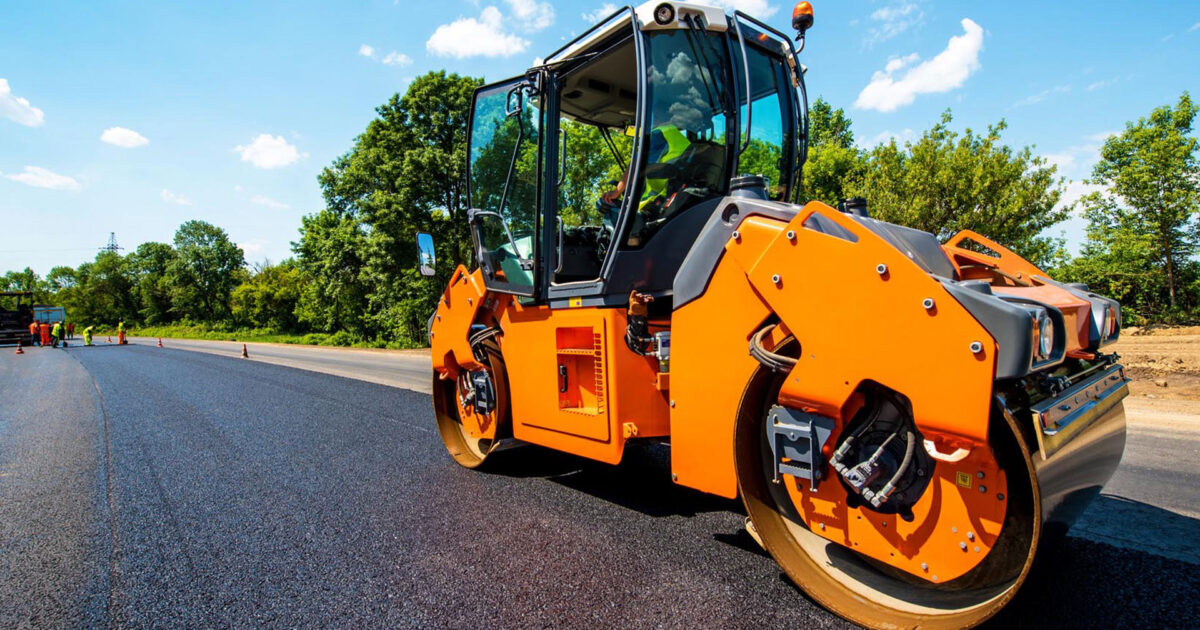Choosing the right pavement for areas with heavy use is crucial to ensure safety, durability, and cost-effectiveness. High-traffic zones demand materials and designs that can withstand constant pressure from vehicles and foot traffic. Without proper planning, these surfaces can deteriorate quickly, leading to costly repairs and disruptions.
Commercial paving projects in such environments require expertise to select materials suited for the specific demands of each location. From parking lots to loading docks, the pavement must resist wear while providing a smooth, stable surface. This article will explore the best options for paving in high-traffic areas and how each solution meets different needs.
Asphalt: A Popular Choice for Heavy-Duty Paving
Due to its flexibility and resilience, asphalt remains one of the most commonly used materials for high-traffic surfaces. Its composition allows it to absorb stress from repeated vehicle loads, reducing the chance of cracking and other damage. Asphalt also provides good traction and is relatively quick to install, minimizing downtime.
Regular maintenance, such as seal coating and crack filling, enhances asphalt’s lifespan. Professional contractors ensure proper base preparation and compaction, which are critical for performance in busy areas. Asphalt is ideal for commercial parking lots, roads, and driveways where traffic is heavy but conditions vary.
Concrete: Long-Lasting and Low Maintenance
Concrete offers exceptional strength and durability, making it a strong contender for paving in high-traffic zones. It withstands heavy loads without deforming and resists wear from chemical spills, oils, and temperature extremes better than many alternatives. Though the initial installation can be more expensive, its longevity often offsets the upfront cost.
Concrete’s rigid nature provides stability for large vehicles and equipment. When properly installed with reinforced bases and joints, it can last decades with minimal upkeep. Due to their robustness, concrete surfaces greatly benefit commercial sites such as industrial yards, loading areas, and sidewalks.
Full-Depth Reclamation: Recycling Old Pavement for a Strong Base
Full-depth reclamation (FDR) is an innovative method that recycles existing asphalt pavement to create a stable foundation for new surfaces. This process involves pulverizing the old pavement, mixing it with binders, and compacting it to form a solid base. FDR reduces waste, lowers costs, and improves moisture resistance.
Using reclaimed materials in high-traffic paving projects ensures a strong underlayer capable of supporting heavy loads. Contractors recommend FDR for large-scale renovations or areas with severe pavement damage. This sustainable solution extends the lifespan of new pavement by addressing foundational weaknesses.
Reinforced Pavement Systems: Adding Strength and Flexibility
For locations subject to extreme traffic or heavy machinery, reinforced paving systems provide additional support. These systems incorporate geotextiles, mesh, or fibers within asphalt or concrete layers to enhance structural integrity. Reinforcement reduces cracking, rutting, and shifting under intense use.
Reinforced pavements maintain a smooth surface for more extended periods and lower maintenance frequency. Contractors can customize these systems based on traffic volume, soil conditions, and environmental factors. Reinforced options are popular in warehouses, industrial parks, and transportation hubs.
Permeable Paving: Managing Water While Supporting Traffic
Permeable paving solutions combine durability with environmental benefits by allowing water to filter through the surface. These pavements reduce runoff, prevent flooding, and improve groundwater recharge. Designed with porous materials or spaced blocks, they can handle moderate to heavy traffic when engineered correctly.
Commercial properties seeking sustainable paving alternatives often opt for permeable systems in parking areas and walkways. Maintenance specialists ensure these surfaces remain clear of debris to maintain permeability and strength. Permeable paving helps businesses meet regulatory requirements while effectively managing stormwater.
Choosing the right commercial paving solutions for high-traffic areas involves considering durability and maintenance needs. Professional guidance and quality workmanship ensure these pavements withstand daily demands while maintaining safety and appearance for years to come. Regular maintenance and timely repairs further enhance the longevity and performance of these paving surfaces, protecting your investment.
Related posts
Categories
Recent Posts
Advertisement


